Adams rhododendron: what does it look like and how to care for it?
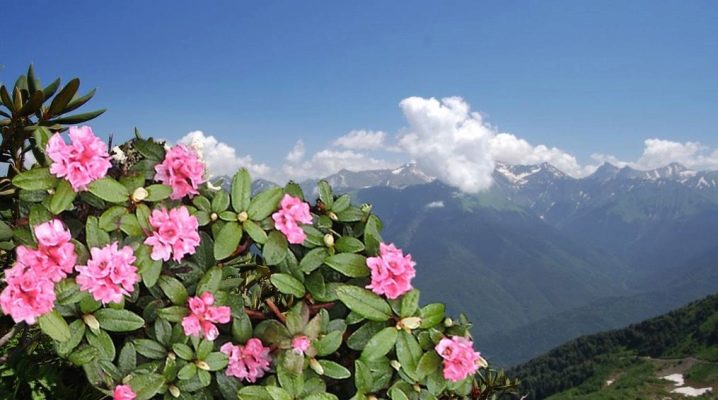
Adams' rhododendron cannot be classified as a typical garden plant - it is difficult to take root, although it grows wild in Russia, and does not differ in its incredible beauty. Nevertheless, many gardeners grow this unusual plant in their backyards, because they see a certain aesthetic appeal in it, and also appreciate the healing properties of parts of this shrub. If you, too, are not averse to growing Adams' rhododendron, it is worth going over the theory.
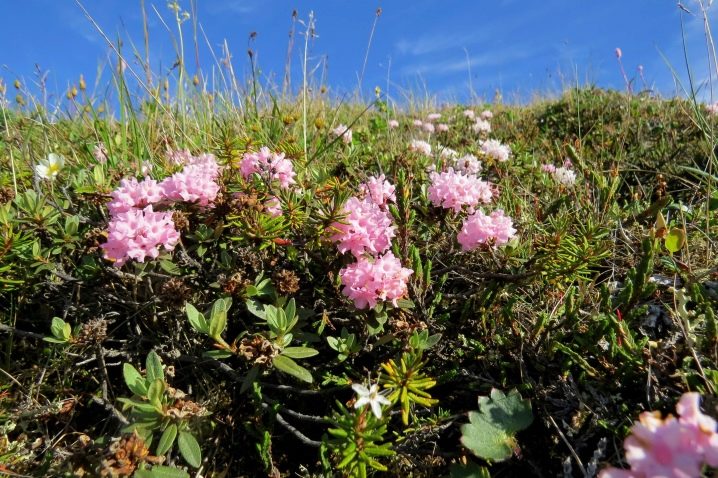
Description
Rhododendron Adams in Russia is also widely known as sagan-dali or sagan-daila - as it is called by the Buryats, in the regions of compact residence of which it traditionally grows. In terms of botanical classification, this shrub belongs to the genus Rhododendron. This plant looks like a very dense shrub no more than half a meter from the ground, but with an abundance of branches. A similar miracle usually grows in mountainous and wooded areas in the Far East and the adjacent territories of neighboring states.
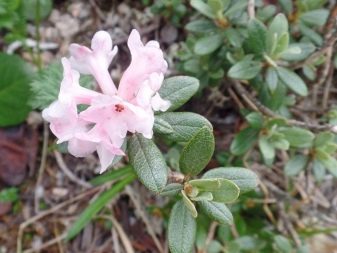
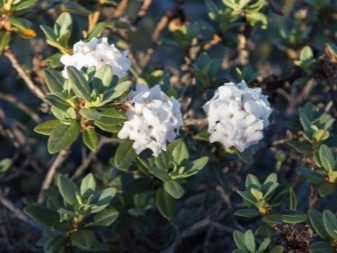
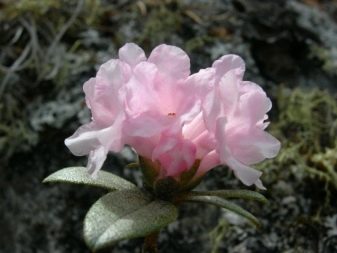

The foliage of the bush is dark green, small, its length usually does not exceed 2 cm, the shape is oval, elongated and with a sharp end. On the underside, each leaf is covered with small scales, which give it a yellowish-red color.
The Adams rhododendron blooms in small inflorescences of pink shades, not so densely, but still quite attractive. In addition to their pleasant appearance, sagan-dali flowers also have a delicate aroma, which can be enjoyed from June to August. The tiny size of the flower (up to 1.5 cm in diameter) is compensated by the fact that they are usually collected in groups of 7 to 15 pieces side by side. Sagan-daila grows in regions with a very harsh climate, so it is no stranger to extreme frosts. The norm for it is to grow at an altitude of over 2 thousand meters above sea level, and under a layer of snow, a bush is able to endure any adversity.
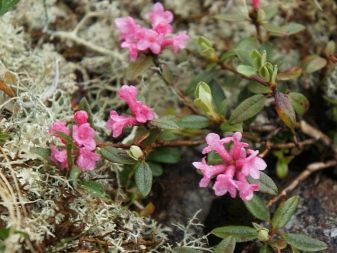
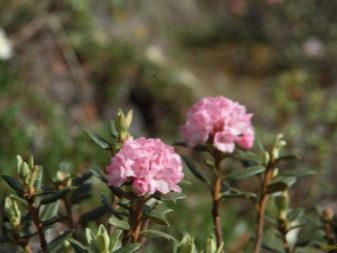
Landing
Rhododendron Adams can be grown both in the open field and in a pot, but in both cases it is necessary to create for it the conditions in which it could gain a foothold in nature. So, sagan-daila does not like excessively bright lighting and lives in places where there are no strong winds or drafts. In no case should the bush be flooded by groundwater, so they try to plant it in an elevated place where moisture will not accumulate even after heavy rainfall. Contrary to all of the above, the lack of moisture both in the soil and in the air is also destructive for a plant. As for the free space, the Adams rhododendron is not demanding - it does not need a lot of space.
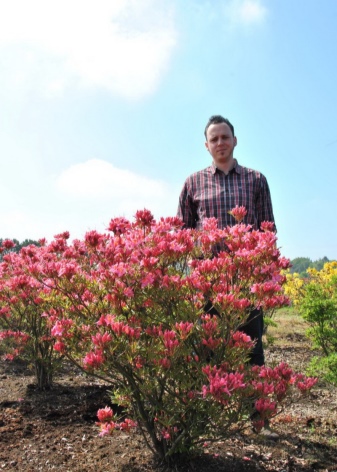

April is best suited for planting a bush in open ground. Considering all of the above, be guided by the northeastern tip on the site, especially if it is not windy there and there is a shadow from neighboring buildings. Never plant sagan-dali in a pit. Please note that the soil at the landing site should be rather sour and loose, but at least this can be influenced: just dig up the ground before planting, at the same time adding sulfur, ordinary river sand and peat to it.
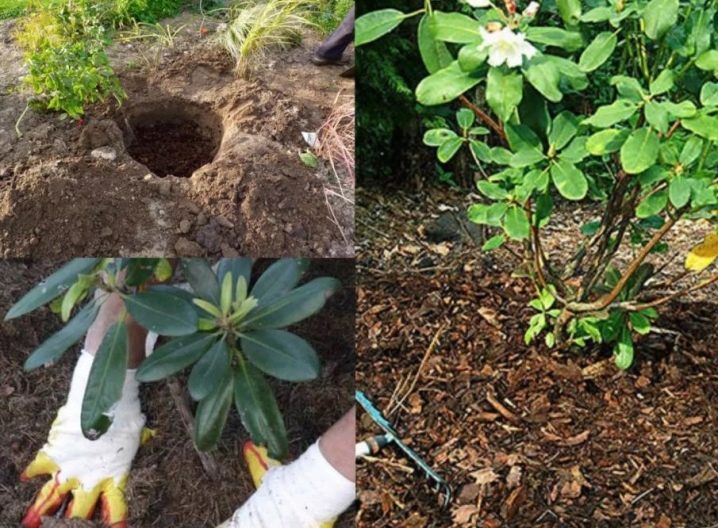
For planting, it is necessary to prepare holes measuring half a meter by half a meter, in the lower part of which drainage is poured - an old broken brick will work well for this purpose. Next, fill the hole about 2/3 with the above-described mixture from the excavated soil and other additives. A rhododendron seedling is not added dropwise - it is simply laid out on top of the resulting layer of the mixture, having previously moistened and carefully straightened the roots. After that, the remnants of the soil mixture are carefully poured into the hole so that the near-trunk circle is reliably compacted, and only the tip of the root collar is visible from the outside. With this approach, voids with air will necessarily remain between the roots, which is not very good for a bush.

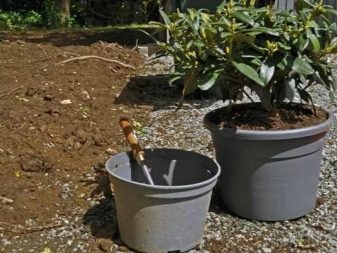
In fact, planting it is not watered in the literal sense of the word, but the soil needs to be slightly moistened so that it sags under its own weight and fills the remaining space.
Care
Since the natural conditions both at the dacha in the Moscow region and at home are very different from the alpine forest, the cultivation of rhododendron involves certain difficulties. Even with strict adherence to all recommendations, it cannot be unequivocally asserted that everything will work out, but if you neglect at least some principles of care, then you will definitely not be able to grow sagan-dali.
Unlike many other garden plants, there is a very specific recommendation for the amount of watering regarding Adams' rhododendron. - 1 bush usually requires 2 liters of water at a time. In this case, with frequency, you still have to determine by eye - you need to find a middle ground, when the earth would not dry out, and the water would not stagnate in the roots. In the hottest periods of the year, it is recommended to regularly spray the plant, but such a need exists only as long as the bush grows.
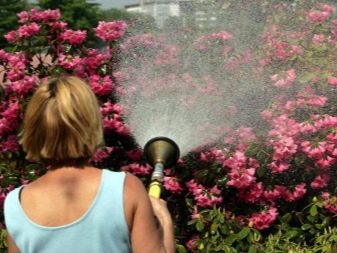
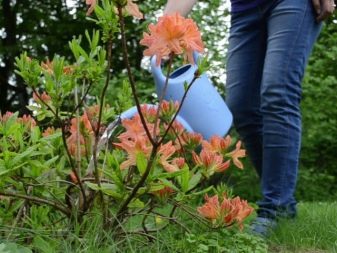
Since one of the main requirements of the sagandali is the looseness of the soil, the gardener must periodically loosen, simultaneously removing weeds that threaten the normal growth of the rhododendron. You will not be able to do without this procedure completely, but you can resort to it a little less often if you mulch the soil.
This shrub has the ability to independently maintain the correct shape, so formative pruning does not make sense. At the same time, the plant belongs to evergreens, it is in no hurry to shed not only leaves, but also dried inflorescences, which does not add decorativeness to it and consumes excess vital juices. To solve this problem, gardeners are advised to remove old flowers as soon as they have dried up. Naturally, sometimes the need for pruning for the sake of rejuvenation or sanitary care still arises, but there are no clear deadlines for this - you yourself determine such a need. If you do have it, it is best to prune in early spring.
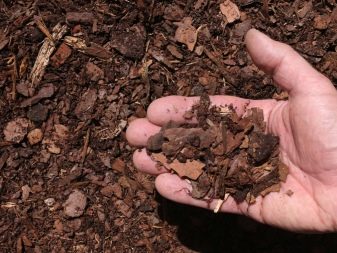
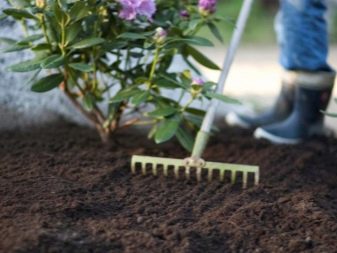
The need for transplanting a plant arises quite rarely, since it does not take up much space, but nevertheless sometimes it is necessary to "move". In this case, there are practically no time restrictions - in the warm season, this can be done at any time, as long as there is confidence that the bush will definitely take root in a new place before the beginning of winter. However, one should not think that Adams' rhododendron is completely invulnerable during transplantation: for a plant, transplantation is a great stress, therefore it is usually carried out together with an earthen clod adhered around the roots. What care for sagan-dali is extremely simple is in preparation for winter - this shrub is accustomed to severe cold weather, so there is no need to cook it in any way. True, for successful wintering, he needs a protective layer of snow, and in the middle lane and to the south with a stable snow cover, there may be problems.
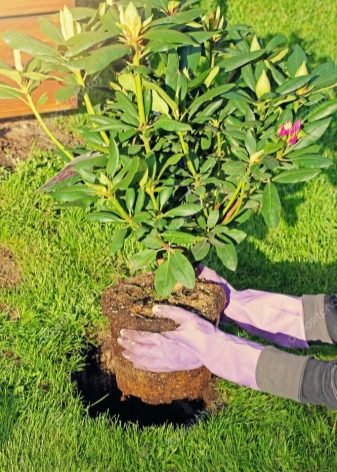

If you doubt that there is enough snow to shelter a Far Eastern guest, you will have to mulch the area around the trunk, and over the bush you will also have to sketch spruce branches.
It is not often necessary to feed sagan-dali, but if you want the bush to grow healthy, this will not hurt. Once the snow has completely melted in spring, Adams' rhododendron will need additional nitrogen. The next time it is fed is at the beginning of summer, adding phosphorus chemicals. At the end of summer, fertilization must be applied for the last time.This time, the emphasis is on phosphorus-potassium supplements, which help to increase the immunity of the plant.

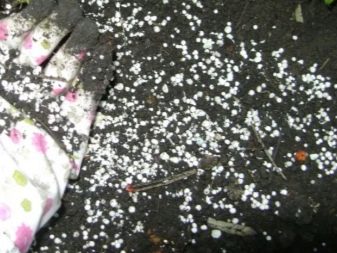
Reproduction
If you like complexity, you can propagate this bush by seeds, but get ready that the task is by no means a simple one. If you do decide, in March, plant the seeds in a wet mixture of sand and peat, which ideally should be placed in an oblong container. After that, by covering the container with polyethylene, primitive greenhouse conditions are created, the container itself is sent to the window. It is necessary to ventilate the contents of the container for a short time every day, and also water as the soil dries.
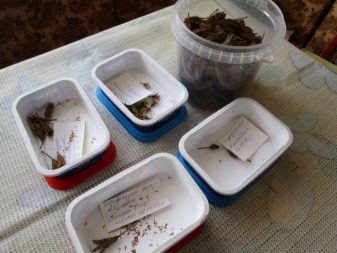
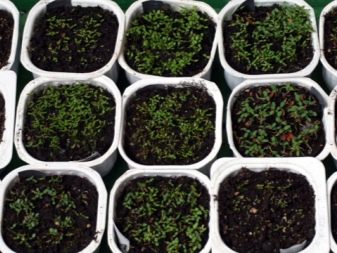
If you do everything right, on average in 20-30 days you will see the results of your work in the form of sprouts. By the time each seedling releases 2-3 leaves, you need to prepare individual pots and plant each young rhododendron on them. If it seemed to you that there was nothing complicated in all these procedures, keep in mind that young plants should be kept in greenhouse conditions for the entire first year of their life, and only then move into open ground, if this was planned at all. Expect to wait even longer for flowering when planting with seeds - usually the first reward for a patient gardener comes in 8 years of waiting.
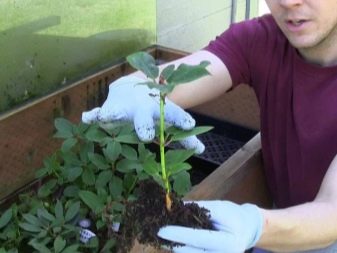

Fortunately, vegetative propagation methods for this shrub are also possible - they are more productive, and faster, and easier. For example, when transplanting, you can divide the bush. To do this, you need to carefully clean the rhizome from the stuck earth and cut it into as many pieces as needed with a sharp knife. After that, you need to lubricate the cuts on the roots with antiseptic agents, after which the rhododendron is planted as described in the section on planting.
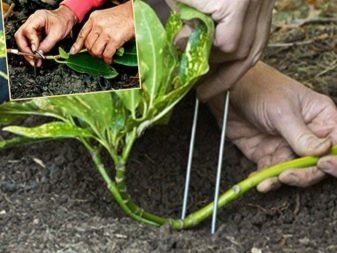
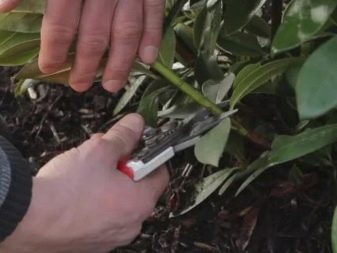
Reproduction of Adams' rhododendron is also possible with the help of layering - for this method, it is best to choose spring. A long and healthy shoot growing in the lower part of the mother plant is chosen as a potential new plant - it is bent to the ground and the upper part is added dropwise. In this case, there will be no quick results - throughout the spring and summer, you will have to separately water and fertilize the buried cuttings, so it is worth starting quite early. Only by autumn the cuttings take root and it can be separated from the mother bush, after which it is usually also planted out so that there is no excessive crowding.

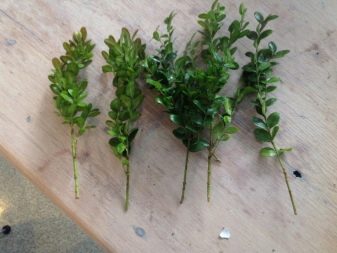
Diseases and pests
Like most other species of living organisms, the Adams rhododendron has natural enemies from which it must be protected. This bush was not very lucky, since it is interesting to very many species of insects, and in each case it is necessary to deal with them differently, taking into account the specifics of the pest. If you see the bugs well and can collect them by hand, it is best to do so, and spray the sagan-dali with an insecticide in order to finish off the survivors. If the danger is identified as a bug or a spider mite, Diazin may become the best remedy in the fight against them, but if the enemy is a weevil, then the same means will have to spray the soil around the trunk. For the fight against most other pests, "Karbofos" is well suited.
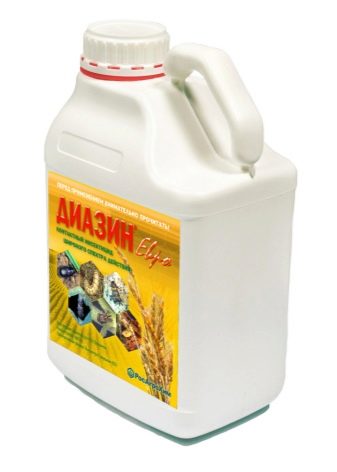

The best defense against pests is always prevention. Some products are even designed to treat seeds or soil before the enemy shows up. At the same time, the spread of insects often occurs from one plant to another, even if they are of different species, therefore, it is advisable to regularly remove all weeds near the bush. Although this is not a 100% defense against an invasion, it significantly reduces the likelihood of infection. Diseases of Adams' rhododendron are largely caused by improper care, everything is, as always, either too much (or little) water, or too much sun, or the dosage of fertilizers is incorrectly calculated.
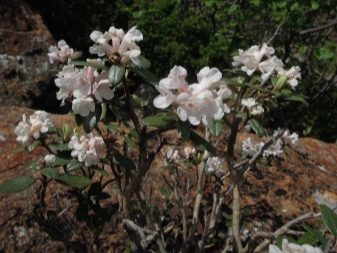

The maximum intensity of the problems is provided by excessive watering, which results in various fungal diseases, expressed in stains, stains and "rust" on the leaves. You can fight with such an ailment with the help of a solution of copper sulfate, in the future, conclusions should be drawn and watering should be reduced.
See below for more details.



































































































The comment was sent successfully.